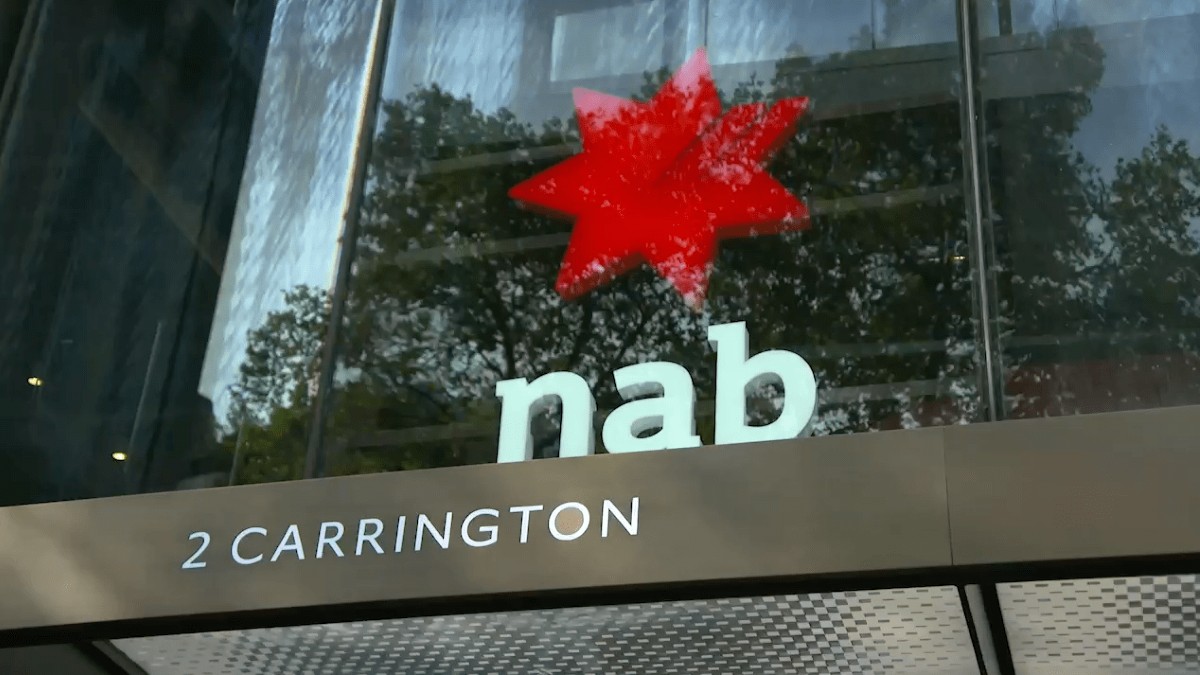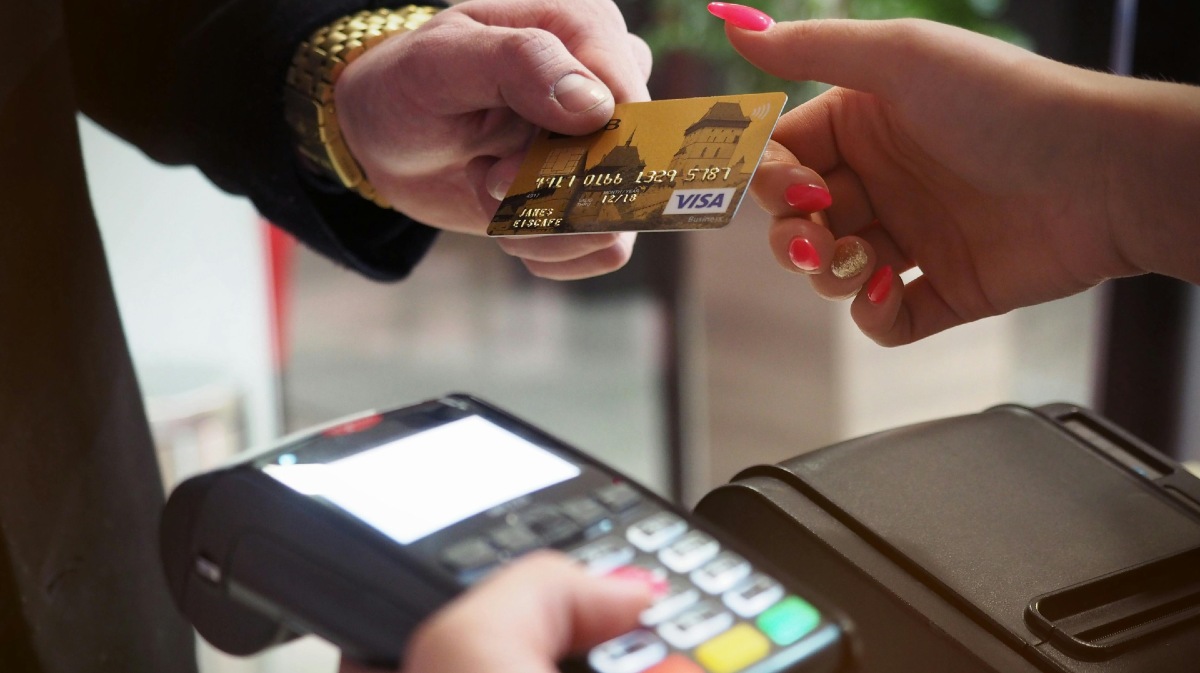What are credit card rewards?
Credit card rewards are benefits earned by a consumer simply for spending with their credit card. These benefits often come in the form of rewards points. The more you spend, the more points you typically can accumulate.
Rewards points are usually redeemable for any of the following:
-
Fuel and grocery shopping
-
Store discounts and gift cards
-
Flights, accommodation and seat upgrades
-
Frequent flyer points (see our travel credit card section)
-
Free and discounted tickets for things like concerts and movies
-
Cashback and credit
Whether you can use your points for all of these will depend on the type of card you have.
What are the different types of rewards?
Essentially there are four different types of rewards programs:
Credit card rewards programs
General credit card rewards programs are offered by the credit card provider, allowing customers to accrue branded rewards points which can be redeemed for a variety of the things above. Rewards points from different programs often differ in value and the programs themselves usually have various partners that allow you to earn points faster for spending with them. Also, most credit card rewards programs allow points to be converted into frequent flyer points with specific frequent flyer programs.
Frequent flyer programs
Frequent flyer programs are very similar to credit card rewards programs but allow you to earn points specifically towards particular airline groups and their services. Credit card products attached to these programs can be offered directly from the airlines themselves (e.g such as the Qantas and Virgin Velocity Frequent Flyer credit cards) or through credit card providers like banks. Credit cards with a frequent flyer program attached can be more suitable for people who travel frequently, hence the name.
Retail rewards programs
Retail rewards programs help you optimise spending in certain stores – usually supermarkets or major retailers – offering high earn rates for in-store purchases. As well as points, these cards also offer customers instant rewards at the point of sale (like a discount on your current shop). These programs can help reduce the cost of your grocery and shopping bills.
Cashback rewards programs
Less common, cashback rewards programs offer to give members a percentage of their purchases back into their account. Some credit cards offer cashback deals as an introductory bonus, requiring new customers to spend a specified amount within a limited period of time to get, say, 5% cashback.
How to compare different rewards programs
When selecting the credit card rewards program that’s right for you, there are several things you should take into account.
How you earn points
The way points are accumulated varies from provider to provider. Typically, you earn a given number of points for every dollar you spend. When comparing between providers, you should work out exactly how many points you will earn per dollar you spend, as well as the dollar value of a point.
Some providers also have bonus point schemes. These usually apply after you meet a certain level of spending in a given time period. Bear in mind that these extra points are at least partially offset by the extra amount you’ll need to spend to earn them, so again it can pay to run the numbers.
Some providers will also cap the total amount of points you can earn in a month or year, or the points expire after a certain amount of time. This is something else you’ll want to research before you sign up for a rewards program, or you could be in for a nasty shock when you go to redeem your points.
What transactions can you earn rewards on?
Upon a bit of investigation, you will usually find that your credit card provider only offers points on ‘eligible’ transactions. This is normally a fairly broad definition, but will vary between providers.
Some transactions commonly deemed ineligible include:
-
Gambling spending
-
Government charges
-
Interest and bank charges
-
Loan repayments
What fees and interest rates apply?
These will vary with the card, but as a general rule, a rewards credit card is more likely to charge higher fees and carry a higher interest rate than non-rewards cards. This is because there tend to be costs associated with running a rewards program from a credit card provider, and fees and interest charges are one way they pay for it.
To make a rewards credit card worthwhile, the cost of the fees (such as the annual fee) and potential interest repayments need to offset the value you get from the card. So, if your card had an annual fee of $400 and you only got $300 worth of rewards back, then you’ve made a loss on that card.
Are reward credit cards worth it?
Rewards cards are definitely not suited to everyone. According to a 2018 study released by the Reserve Bank of Australia (RBA), 30% of customers make a net loss on their credit card, and inappropriate rewards schemes are a major factor in this. To get the maximum value out of certain rewards cards you may have to spend up to thousands of dollars a month, which not everyone is capable of doing.
Rewards and frequent flyer cards are generally more suited to big spenders and people who travel a lot. For those who are a bit tighter with money or are struggling financially, low rate or low annual fee cards are probably better options.
A good way to assess whether a rewards credit card is right for you is to take your spending over a certain period (say 6 months) without the credit card rewards. Then apply this level of spending to the rewards package you have chosen, and subtract the benefits you would have received, before adding the extra amount you would have paid in interest and fees. If this new number is less than your initial figure for spending, it’s likely a rewards credit card will be beneficial.



 Harrison Astbury
Harrison Astbury
 Denise Raward
Denise Raward


 Harry O'Sullivan
Harry O'Sullivan

